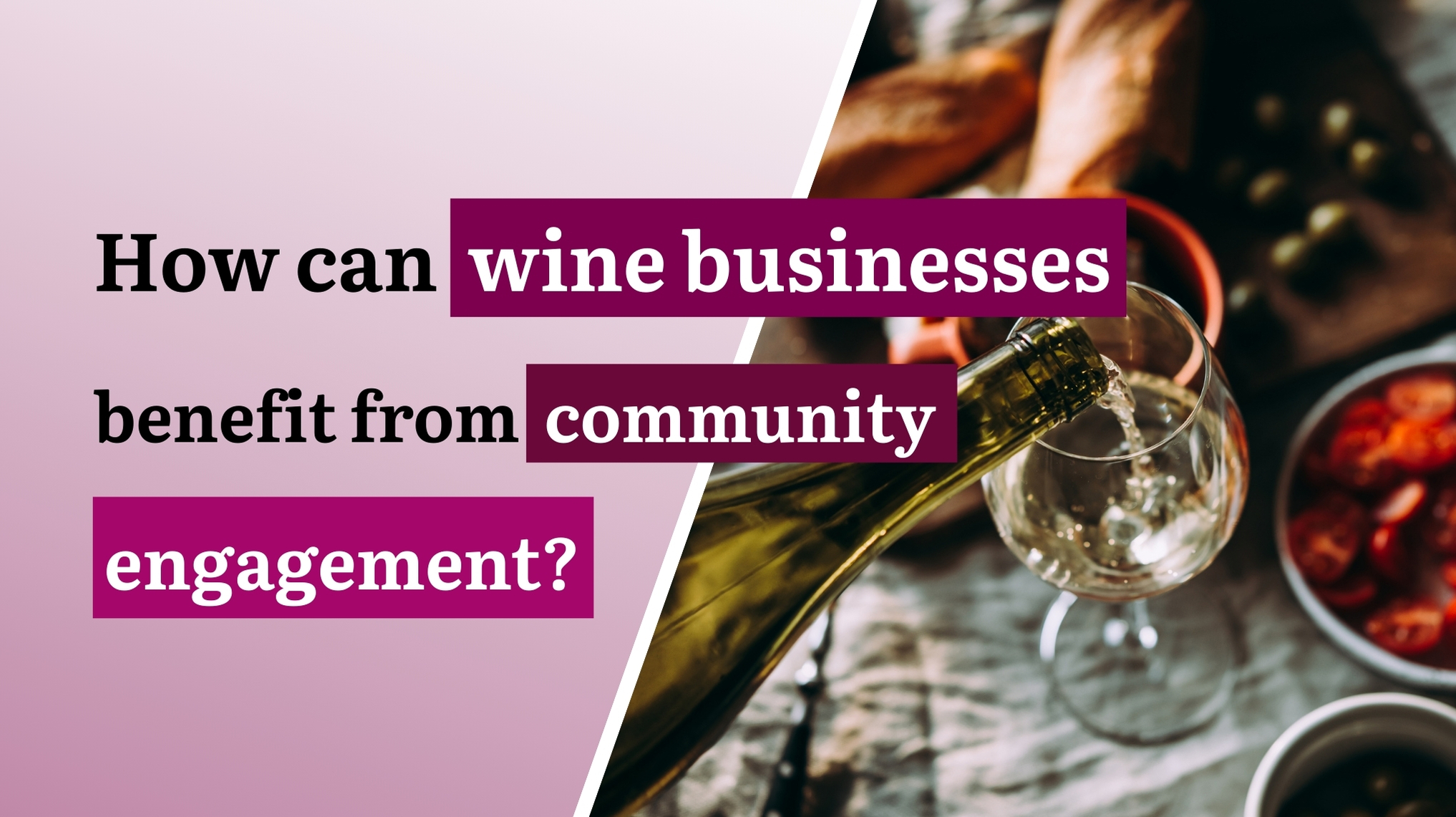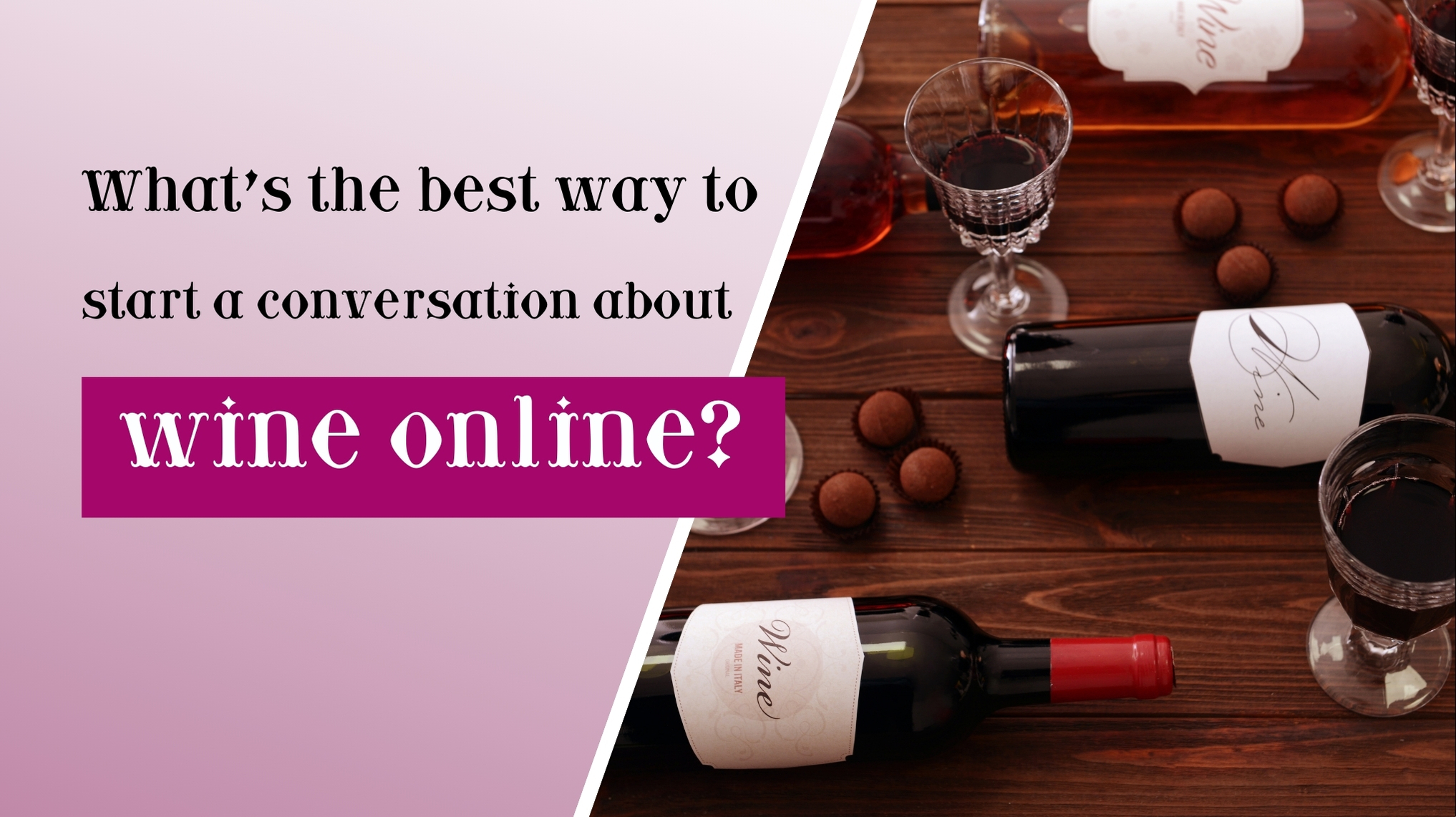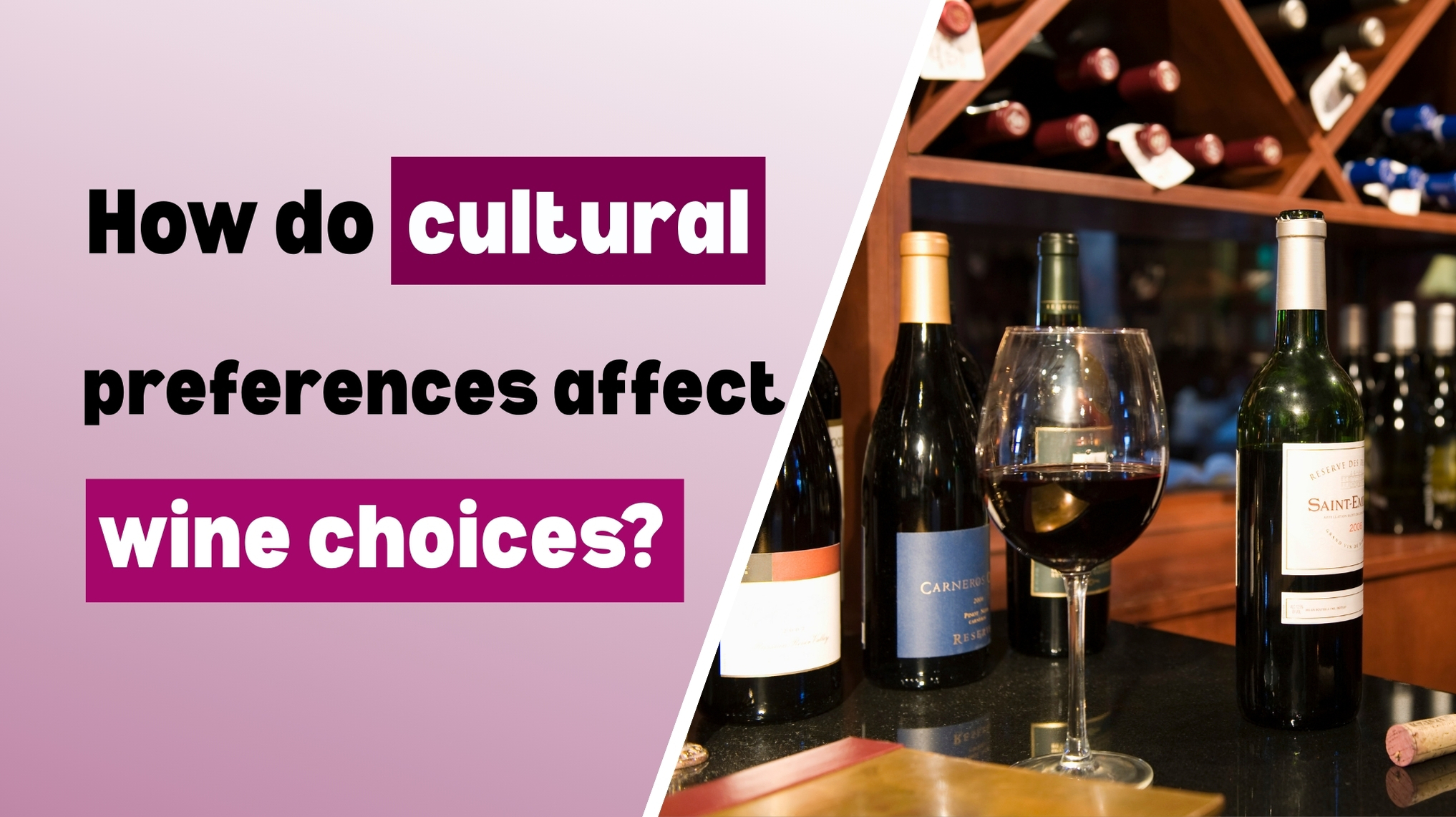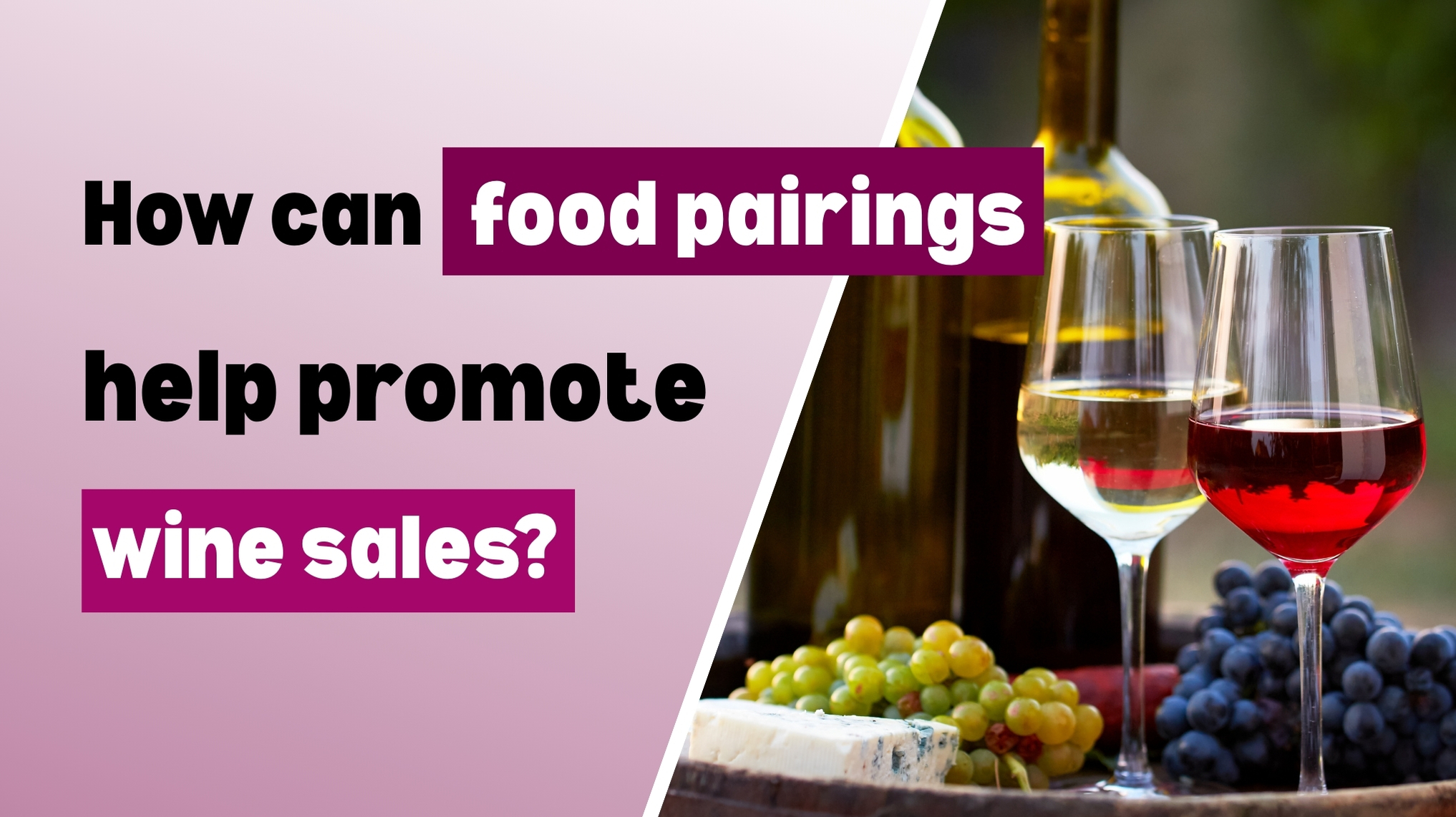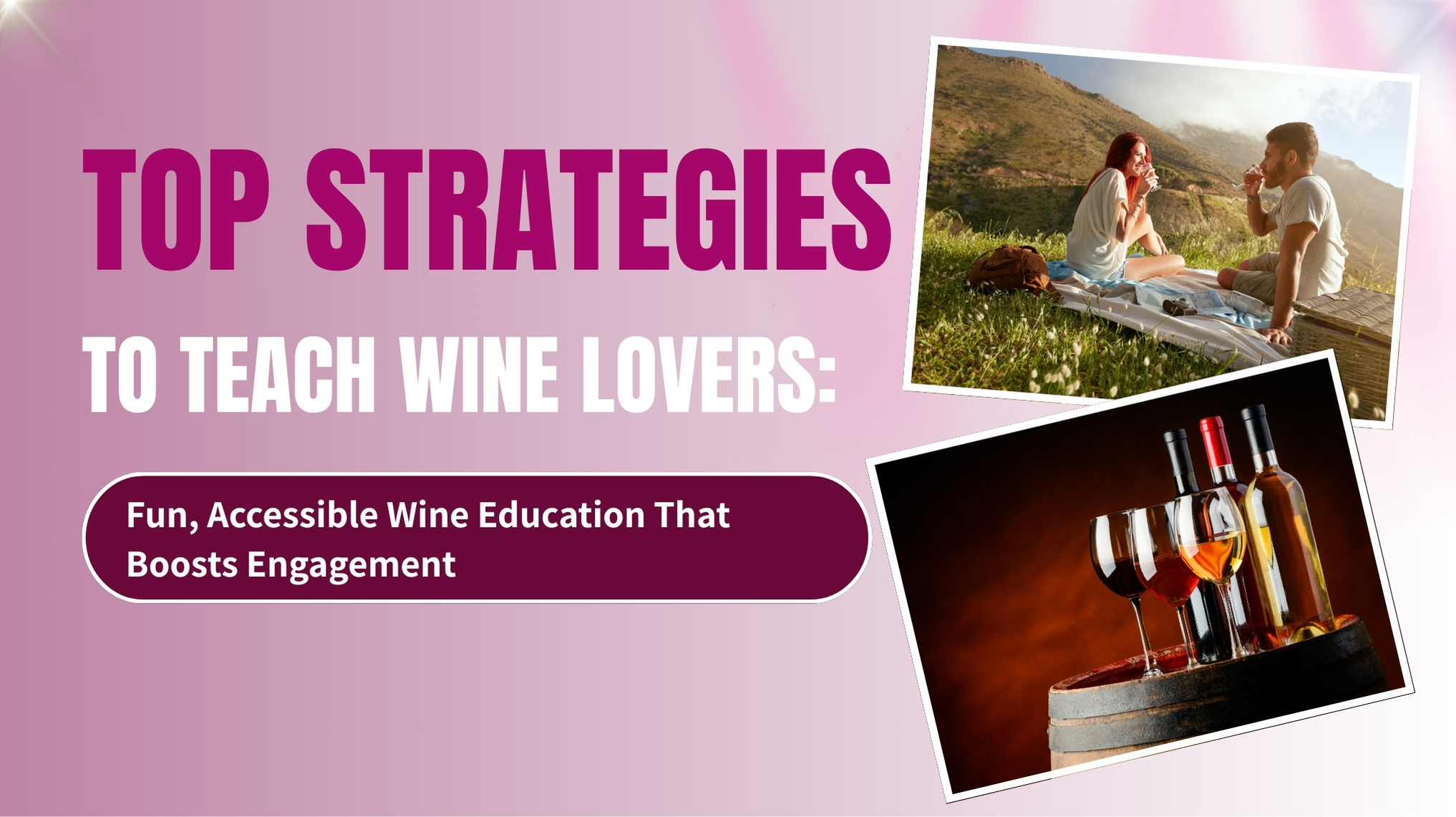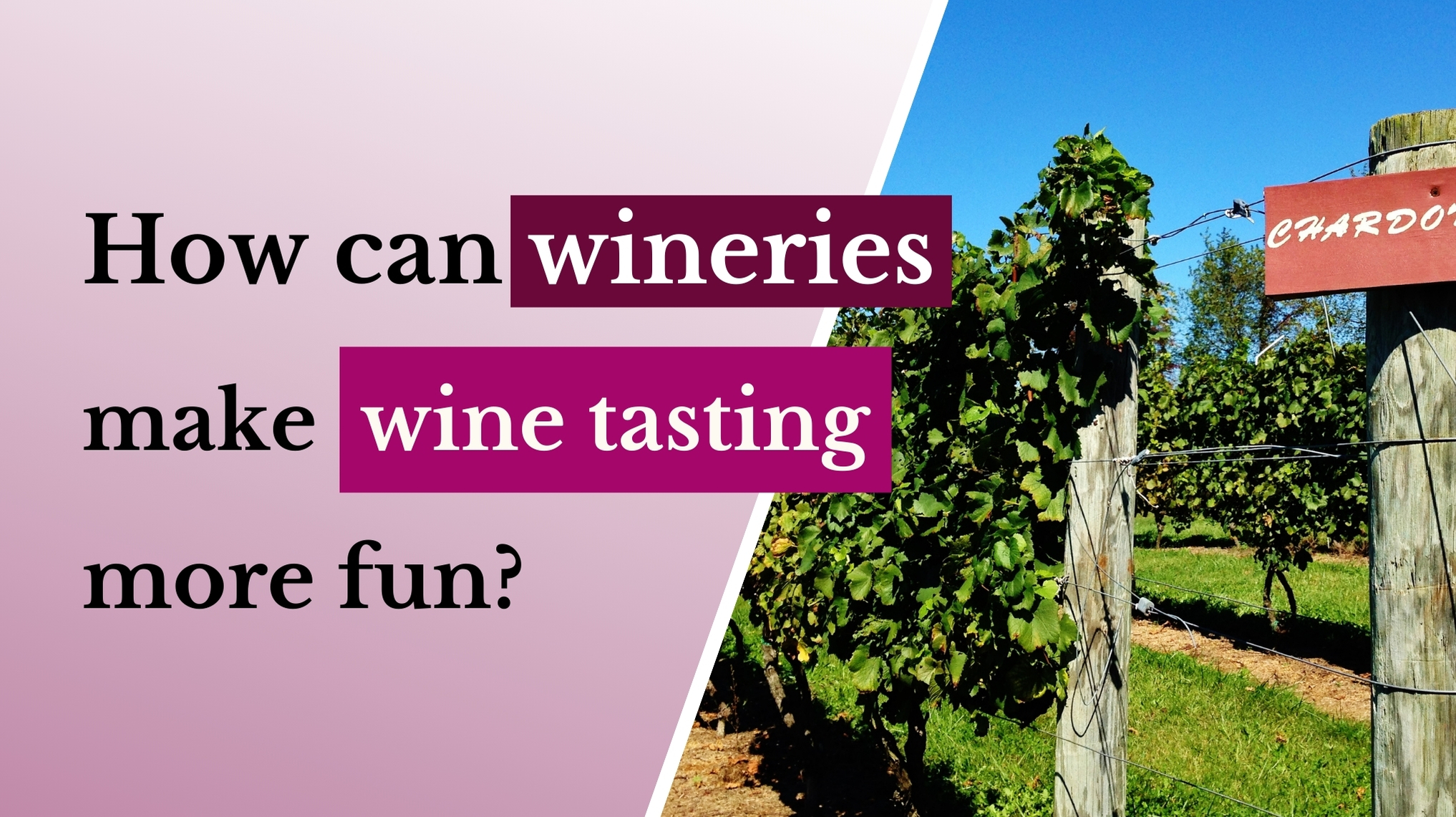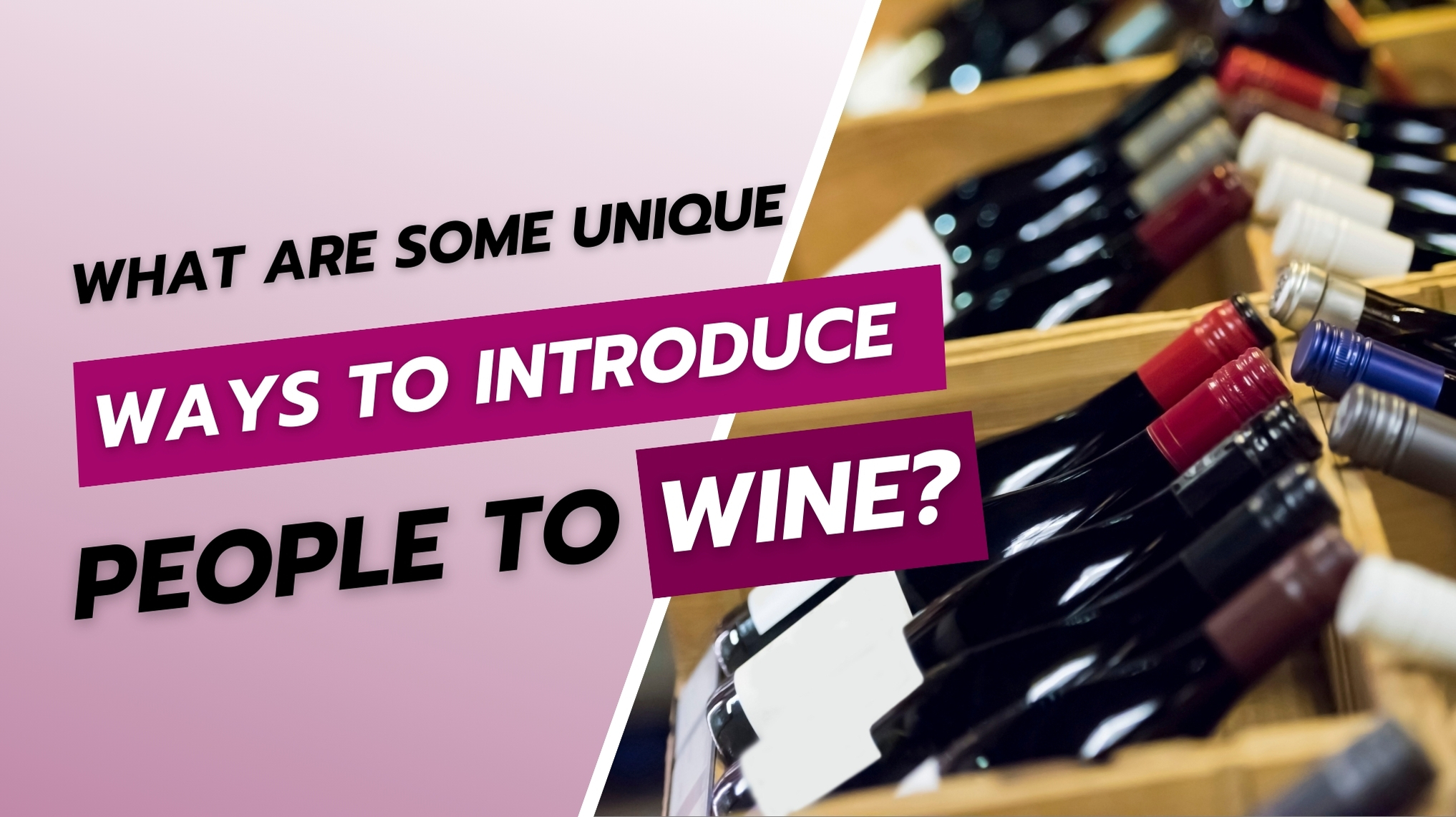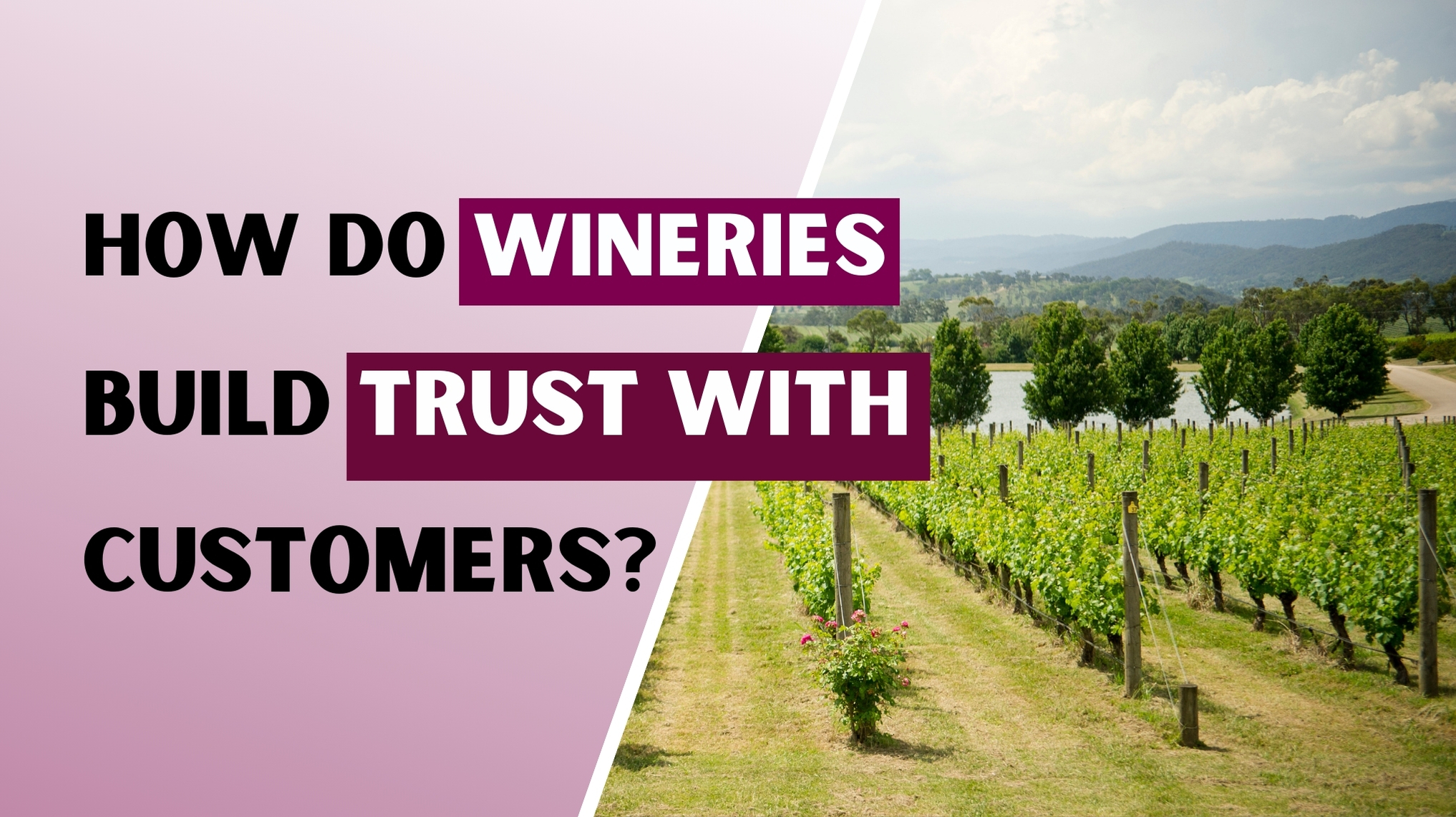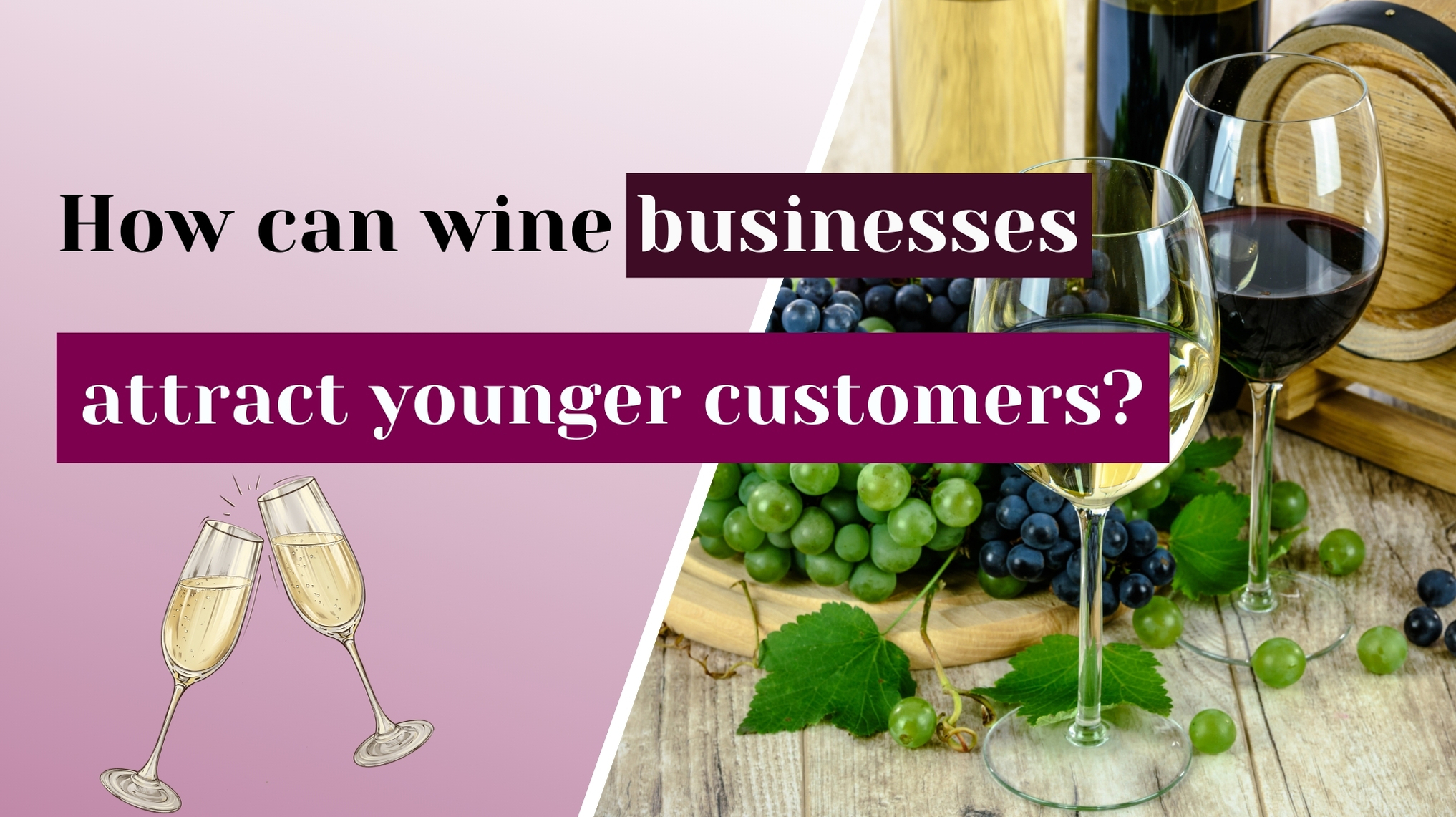5 Proven Wine Marketing Strategies to Attract Millennials & Gen Z
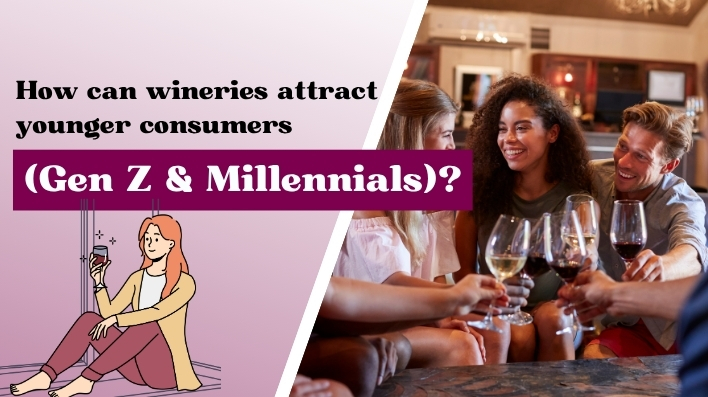
How to Attract Millennial and Gen Z Wine Drinkers: 5 Winning Strategies for 2025
In today's wine market, brands must adapt or be left behind. Millennials (born 1981–1996) and Gen Z (born 1997–2012) are rewriting the wine rulebook. With over 40% relying on friends and family for recommendations and 30% using social media like TikTok for discovery, these younger consumers value convenience, authenticity, and values-driven storytelling. Let’s explore five high-impact strategies every wine brand can implement to capture the loyalty of this next generation.
Understanding the New Generation of Wine Consumers
The Digital Habits of Millennials and Gen Z
Both groups are digital natives. They’re always connected, often shopping and exploring new wines online. Gen Z, in particular, leans heavily on TikTok and Instagram for discovering trends.
What Influences Their Wine Choices
Peer recommendations
Trending videos
Lifestyle alignment (eco-conscious, wellness-driven)
Platforms They Use
TikTok for short-form wine content
Instagram Reels and Stories
YouTube for wine reviews and vlogs
Strategy #1: Engage Digitally with Social Media
Short-Form Video Content on TikTok and Reels
Bite-sized videos—like a 15-second behind-the-scenes tour of a vineyard or a quick food and wine pairing tip—perform exceptionally well. These clips grab attention and humanize your brand.
Authenticity Through User-Generated Content
Create branded hashtags and encourage fans to post their wine moments. UGC boosts trust and is seen as more genuine than ads.
Collaborate with Niche Wine Influencers
Micro-influencers with niche “wine-curious” followers provide authentic outreach at a fraction of the cost of celebrity endorsements.
Strategy #2: Offer Interactive and Experiential Wine Events
Virtual Tastings and Digital Engagement
Virtual tastings make wine more accessible and interactive. Sending tasting kits in advance helps break geographic barriers and increases participation.
Instagrammable Pop-Up Tastings
Create buzz with local pop-ups pairing wines with street food or live music. These make great social media content and drive foot traffic.
Collaborations With Non-Wine Brands
Partner with fitness studios, bookstores, or art galleries to reach new lifestyle audiences. Cross-promotions build organic brand awareness.
Strategy #3: Build Strong DTC and Subscription Models
Benefits of Wine Subscription Clubs
The global wine subscription market is booming. Offer themed boxes, allow swaps, and provide skip options to attract flexibility-loving young consumers.
How Personalization Increases Loyalty
Use customer data to recommend wines, send birthday discounts, and trigger seasonal offers. The more personal, the better the retention.
Using DTC for Direct Feedback and Higher Margins
Cut out the middleman. Control the experience, collect data, and improve margins with direct-to-consumer channels.
Strategy #4: Prioritize Sustainability and Transparency
The Demand for Organic and ESG Wines
Millennials and Gen Z demand eco-conscious practices. Organic wine sales are surging, with buyers favoring low-intervention and biodynamic products.
Storytelling for Authentic Connections
Highlight vineyard heritage, winemaker passion, and eco-efforts through blog posts, short films, and social media.
Publishing ESG Data Creatively
Break down sustainability data in easy-to-read infographics. Transparency builds trust and encourages long-term loyalty.
Strategy #5: Innovate Product Formats and Packaging
The Rise of Canned Wines and RTDs
Canned wines and ready-to-drink formats cater to outdoor-loving, convenience-driven consumers. Think poolside rosé or park-friendly white blends.
Health-Conscious Wine Flavors
Wines with <12% ABV or flavors like watermelon rosé appeal to health-conscious, flavor-adventurous drinkers.
Sustainable, Portable Packaging Solutions
Lightweight bottles, recycled materials, and resealable pouches check the box for both portability and sustainability.
SEO Strategies to Reach Young Wine Enthusiasts
Youth-Focused Keyword Optimization
Use keywords like:
TikTok wine trends
Easy wine gifts for Gen Z
Sustainable wine clubs
Mobile-First Design and Fast Load Speeds
Most Gen Z and Millennials browse on their phones. A fast, responsive site is essential for retention and ranking.
Engaging Video, Infographics, and Guides
Offer visual how-tos and digital content like:
“How to Host Your First Virtual Tasting”
“Wine 101: What’s Your Palate?”
Case Study Examples of Success
Cupcake Vineyards on TikTok reached millions through humorous, short-form clips.
Firstleaf grew rapidly with curated, flexible subscriptions.
Avaline highlighted transparency and clean-label wine to attract young, health-conscious drinkers.
Frequently Asked Questions (FAQs)
Q1: What type of wine do Gen Z and Millennials prefer?
They prefer approachable wines—canned, low-alcohol, flavored, and sustainably sourced.
Q2: Is TikTok effective for wine marketing?
Yes, short-form videos on TikTok help brands gain visibility and connect with younger consumers authentically.
Q3: What’s the best way to create a wine subscription for Millennials?
Offer customization, flexible deliveries, and themed boxes (like “Wines by Women Winemakers”).
Q4: Why is sustainability so important in wine today?
Millennials and Gen Z favor brands that align with their environmental values and demand transparency.
Q5: Are virtual tastings still popular?
Yes! They’ve remained strong post-pandemic and attract a wide, geographically diverse audience.
Portable, eco-friendly options like cans, pouches, and lightweight bottles are in high demand.

